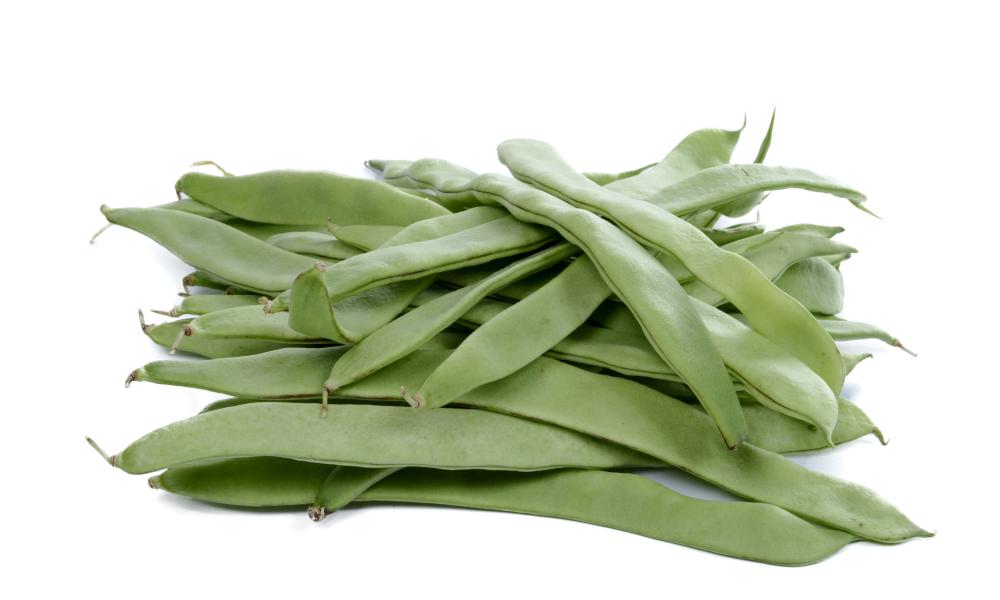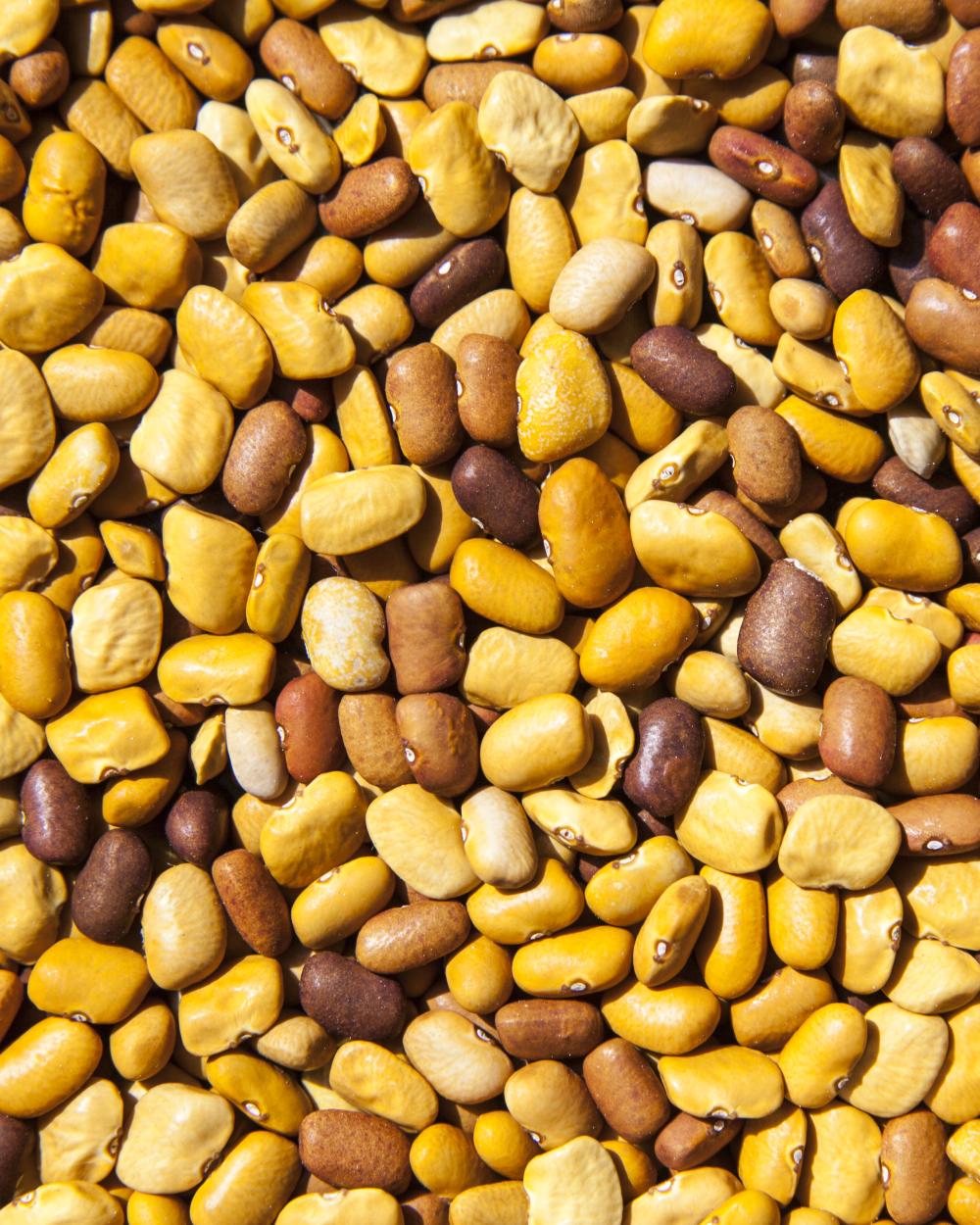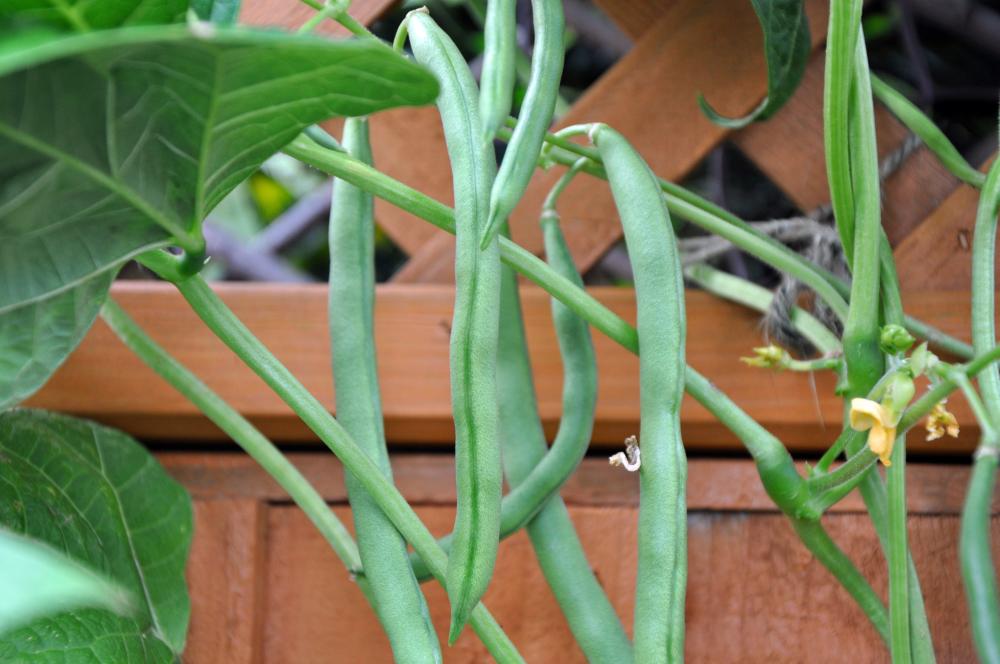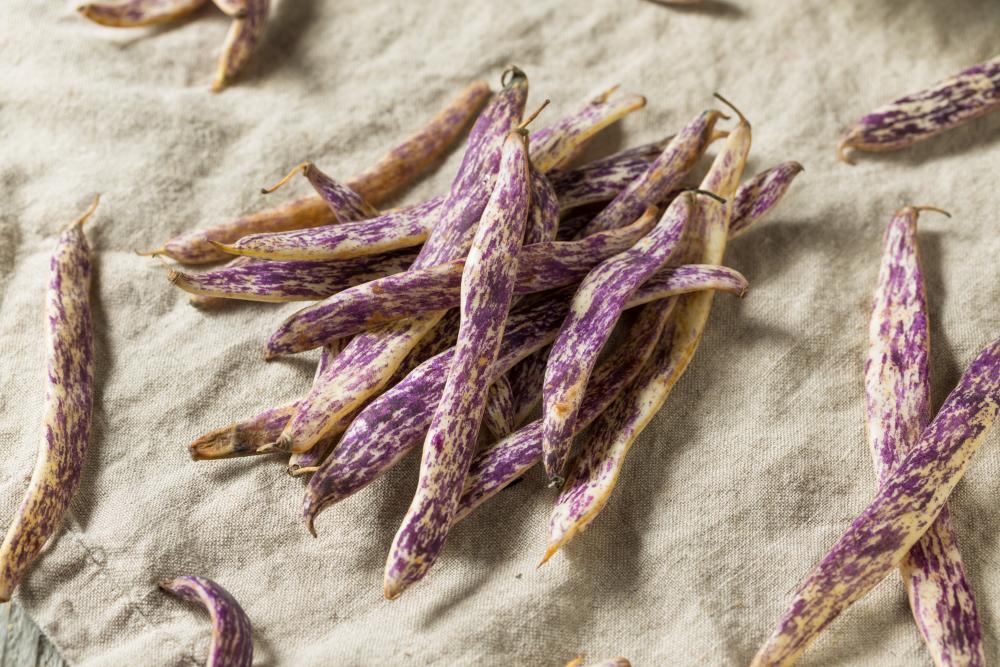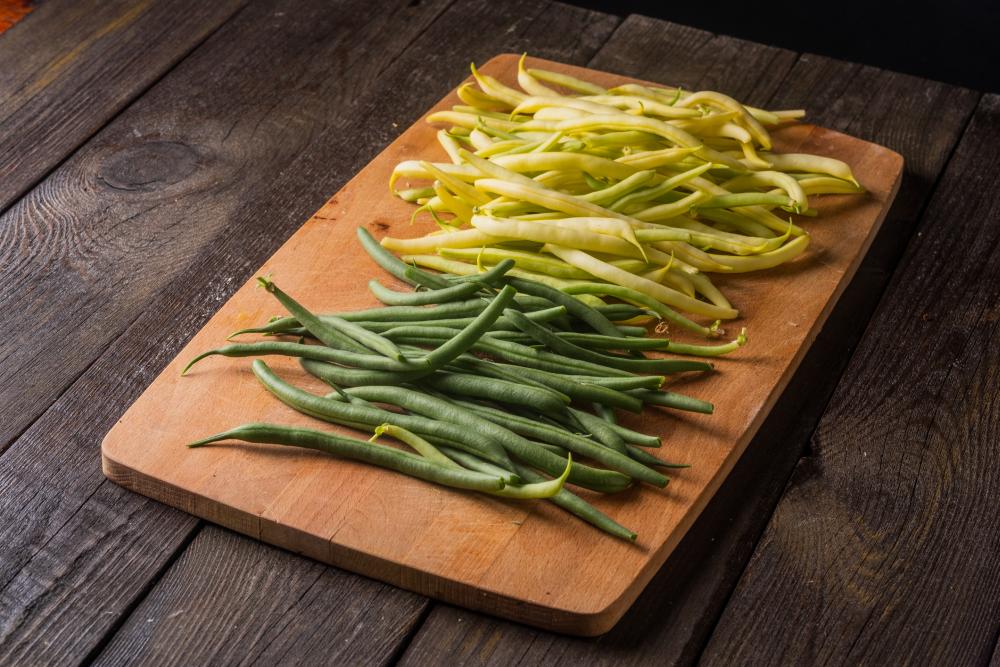Bean Varieties That You Can Grow In Your Garden
To bean or not to bean; that has never really been the question on anybody’s mind. Because the choice has always been simple, bean all the way no matter what meal it is or what day of the week. In the movie True Grit, when Jeff Bridges’ character busts the bad guys in the remote house and asks them why they’re cooking so many beans their answer was it’s for dinner and breakfast. You can trust the Coen Brothers to research their material meticulously.
But the beauty of beans doesn’t stop at the fact that they serve as sustenance for all seasons and occasions. They also offer a wide variety of cultivars with different tastes and flavors. Some beans are broad and cook easily, while others need soaking first but are rich in flavors. As a bean lover myself, I always try out a new bean variety whenever I get the chance. Here are some of the most popular bean varieties to grow in your garden.
Cherokee Wax Bean
One of the most productive bean varieties and a cultivar that is fast to grow and mature is the Cherokee wax bean (Phaseolus vulgaris). As a warm-season bean, it takes only 50 days from the time you plant it before it’s ready to harvest. Falling under the bush bean category, the Cherokee wax bean produces yellow smooth pods.
The average bean grows to about 18 inches tall and the pods average 6 inches long. The pods are delicious when eaten fresh, or dried, or even frozen. You can plant the seeds directly in the soil when the temperature goes above 60 degrees F. The beans need full sun to grow, so choose a spot in the garden that gets 8 hours of sun during the spring and summer.
Space the seeds 2 inches apart in rows one foot from each other. After germination, thin out the seedlings to keep 4 inches of distance between each seedling. And since this is a bush bean type, it doesn’t need support. You should harvest the pods when they’re still tender and snap. This encourages the plants to produce more pods per season.
Dragon Tongue Bean
One expects dramatic names for cultivars of flowers or exotic plants but not for a delicious veggie. However, the Dragon Tongue bean deserves the name because the pods are purplish, flat, and long like the tongue of a mythical animal. But the Dragon Tongue bean is not all about looks. It also has a smooth texture when cooked and is rich in flavors.
An heirloom cultivar, this bean comes straight from Holland where it goes by many names including “Merveille de Piemonte” and “Dragon Langerie”. The mature bean grows to about 30 inches tall without the need for support. The pods themselves are about 8 inches long and have no strings. They do well both as snap beans and shelled beans and you can cook them in different tasty dishes.
You can start these beans in the spring after the last frost is over and the soil temperature goes above 55 degrees F. The beans prefer full sun and moist soil throughout the growing season. Harvesting starts around 55 days after the seeds germinate and that’s when the delicious snap beans are at their sweetest. If you leave the pods on the beans longer, the beans become fuller and dry. You’ll need to shell them before cooking the beans.
Harvester Bean
Harvester bean is another bush bean variety that doesn’t require a trellis or support system the way pole beans do. A typical green bean variety, the harvester bean is more suitable for large fields where it can be harvested mechanically. But due to its high yield and a no-fuss attitude, it soon became a favorite in gardens and backyards.
The pods can grow to about 6 inches and develop no strings. So as a snap bean, this variety is ideal for your garden and kitchen alike. And while the mature bean can grow upright and reach 20 inches tall, it remains a hardy variety that’s easy to grow and care for. You can steam the beans, bake them, roast them, or use them in different recipes.
The one thing the harvester beans are particular about is the soil. The soil needs to be loamy, well-drained, and rich in organic materials. In the right conditions, the beans are ready to harvest about 70 days after the seeds germinate. If you prefer dry beans, then you’ll have to leave them on the stalks for another 3 weeks before harvesting them.
Blue Lake Bean
If you have noticed, so far I’ve been talking about bush beans. From experience I found them to be less fussy than pole beans and they have better taste pods at half the effort. So what’s not to like about bush beans. Speaking of which, Blue Lake bean belongs to that productive bean type that doesn’t require a trellis or a stake to prop it up.
The name might give it away because the Blue Lake bean is an heirloom cultivar known for its crisp yet tender pods with a delicious and sweet taste. Developed from a pole bean variety, this cultivar was first introduced in 1961. The mature plant grows to 2 feet tall and the straight pods grow to about 5 inches long. It’s one of the earliest bean cultivars to harvest as it only needs 55 days from the time you plant them to mature and be ready for picking.
Growing Blue Lake beans is easy and the soil pH should be close to neutral. The only specific requirement you have to provide these beans is the plant food supplements. It thrives on potassium and phosphorus so make sure your soil is rich in these minerals before planting the beans. Otherwise, you’ll need to apply a phosphorus-rich fertilizer once every 2 weeks until the pods are ripe. Side-dress with organic compost to improve the harvest.
Half-Runner Bean
Still, pole beans have their advantages and some people swear by them. Even if they can’t support themselves and need a helping hand (trellis) to stay upright. So to please all tastes we added the Half-Runner bean to the list. As the name suggests, it’s a bean variety that has the best of both worlds. It grows like a bush bean but with the productivity of the pole bean.
The first advantage you get with the Half-Runner bean is that the sooner you harvest the pods, the sooner the bean will produce more flowers and pods. But unlike pole beans, this variety is more compact like a bush bean. The vines can grow to about 5 feet high but since you can prop them up on a trellis, they are easy to manage. The beans tend to send runners to latch on and continue to grow. However, you can train the runner to stay on the trellis.
Some people grow Half-Runner beans without a trellis. It’s possible to do that, however, a trellis makes harvesting the pods a whole lot easier. They grow well in zones 7 to 9 and prefer rich soil with neutral to slightly acidic pH. The seeds germinate faster if you soak them in water before planting. Within 2 months you’ll be able to harvest the first batch of pods. And the more you harvest, the more productive the plant gets.
Tepary Beans
A native of South America, Tepary beans are hardy legumes that can survive and thrive in arid conditions other legumes would find inhospitable. As pole beans, they have a high yield and the vines can grow to about 10 feet. The plants have a high tolerance for drought and excessive temperature.
That makes Tepary beans ideal for growing in different parts of the world that have a water problem. Not only that but new cultivars were developed that make them even more resilient and disease resistant. Some of these cultivars include Light Brown Tepary, Blue Tepary, Ivory Coast, Light Green Tepary, White Tepary, Light Brown Tepary, and Papago White Tepary among others.
This variety and its cultivars tolerate all types of soil except heavy soil. You can start them in the early summer or you can wait for the rain season to give them a good boost. They don’t need much watering once the plants have established and they can get by even in poor soil with little nutrients.
Fava Beans
If there’s one thing Fava beans are known for, it’s that they’re storage beans. The broad beans dry quickly on the stalks and will store for years with special accommodations or preparation. But few people know that the leaves of Fava beans are also edible. We’re not just talking about cooking the leaves. They also taste sweet when eaten fresh off the plant and in green salads. Harvest the young leaves on a stem where flowers are blooming. Don’t collect more than 4 leaves from each stem.
Unlike other beans on this list, Fava beans are cool-season legumes. They prefer moderate temperatures so you can start them directly in the soil in the early spring after the threat of the last frost is over. Although the pods don’t taste well as snap beans, the beans tend to fill up rather quickly. Harvesting Fava beans is also easy since most varieties tend to mature around the same time. You should wait for the pods to turn brown which is a sure sign the beans inside are fully dry and mature. Collect the pods, shell the beans, and let them dry in a cool and dry room. Then you can store them at room temperature for years.
Tendercrop Green Beans
If you prefer snap beans, then Tendercrop Green beans are the right variety to grow in your garden. The pods are stringless, succulent, and crisp with a sweet flavor and rich taste. This variety prefers an early start in the year to make the most out of the cool weather before the summer comes barking.
The ideal time to start the seeds is two weeks after the last frost. This variety does well in zones 5 to 11 as they have a high tolerance for high temperatures. It’s also one of the earliest bean varieties to harvest. Since you don’t have to wait for the beans in the pod to fill up, you can start harvesting the snap beans within 53 days from the time the seeds germinate.
The Tendercrop Green beans prefer rich soil, so mix in organic materials and aged manure while preparing the soil and make sure the soil pH is between 6.0 and 6.8. Give the beans one inch of water every week in the spring and summer until you’re ready to harvest the pods. Mulching helps keep weeds and pests at bay so cover the rows with a thick layer of mulch as the beans grow.
